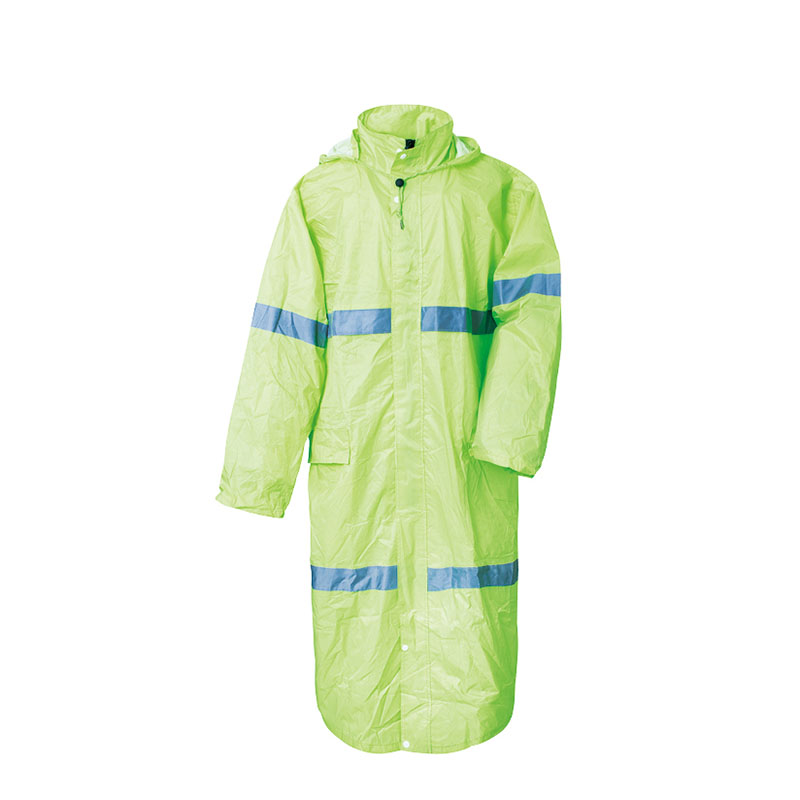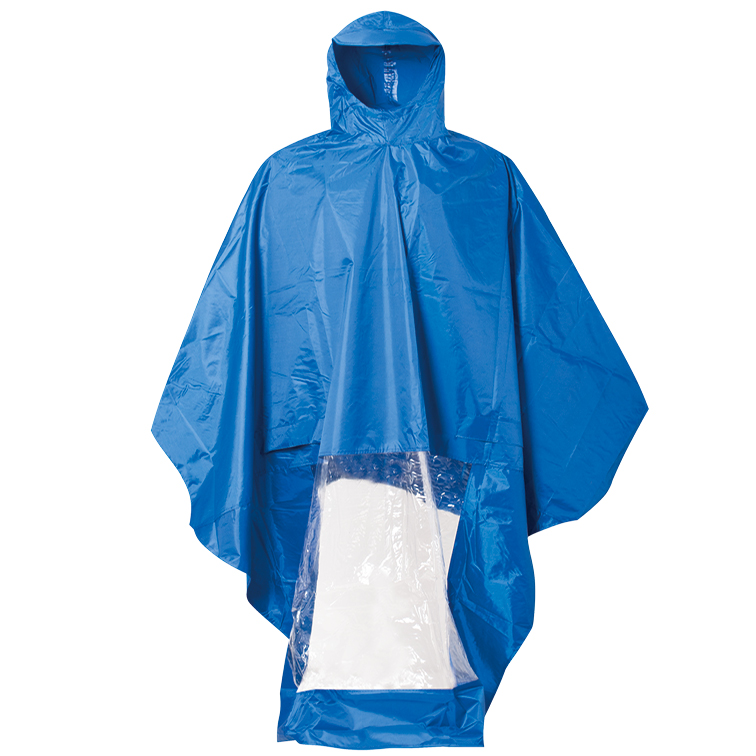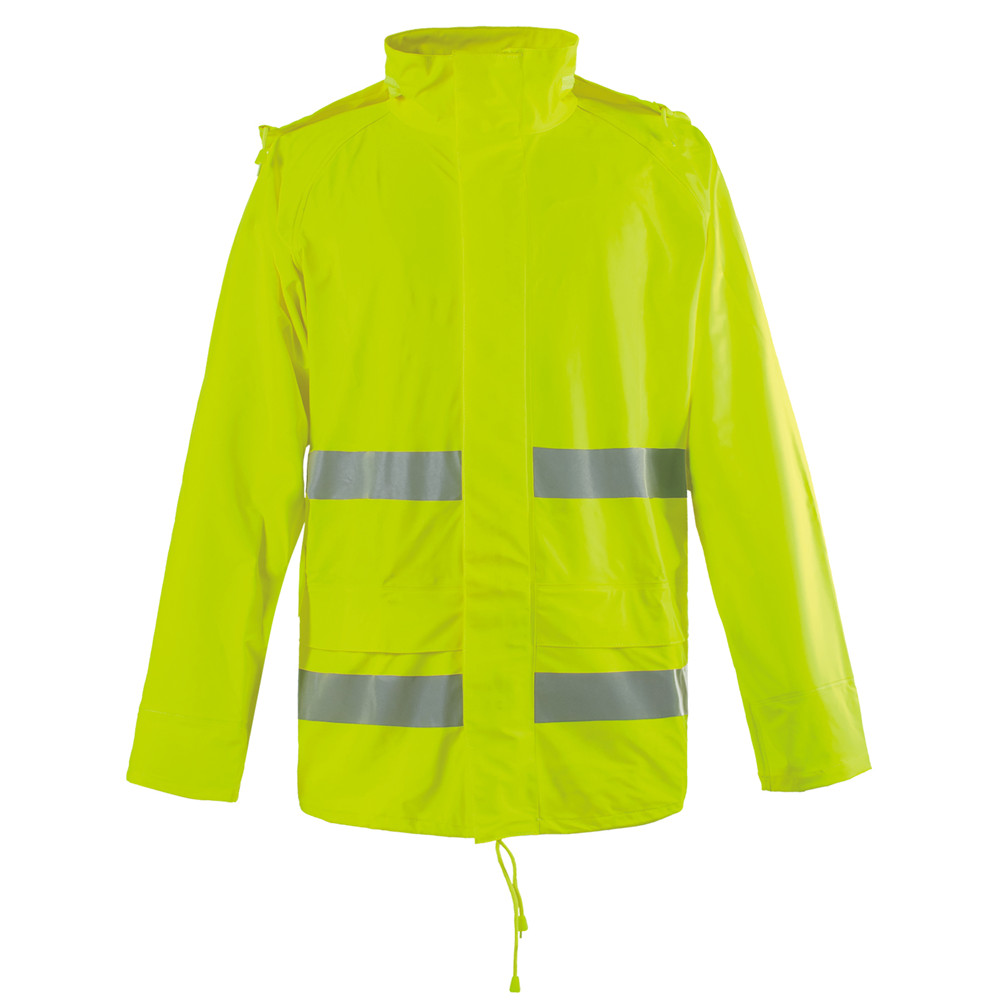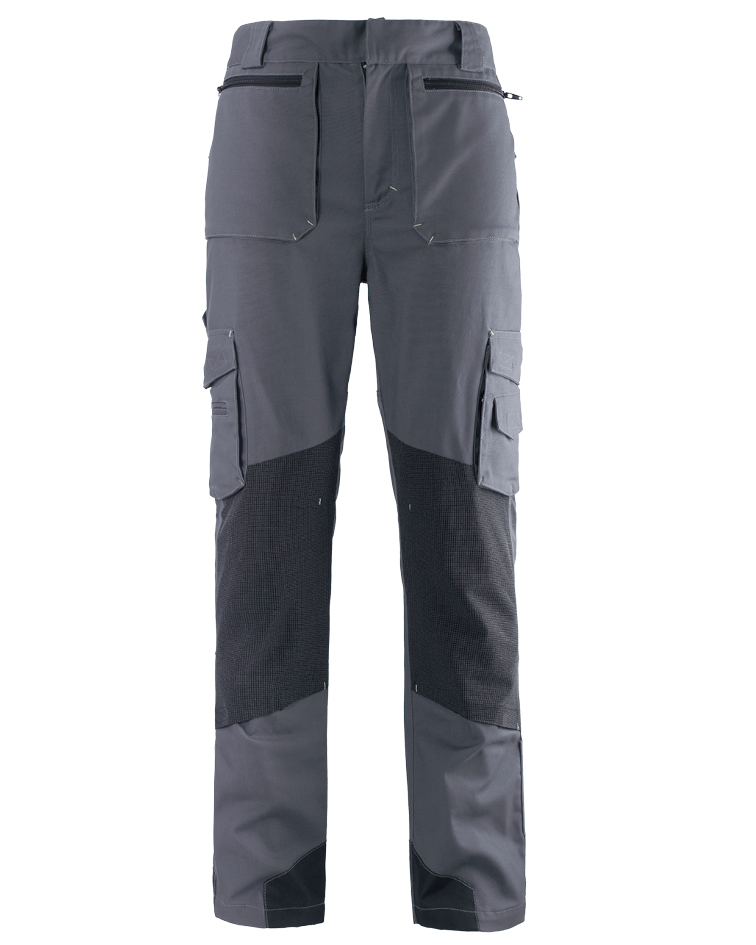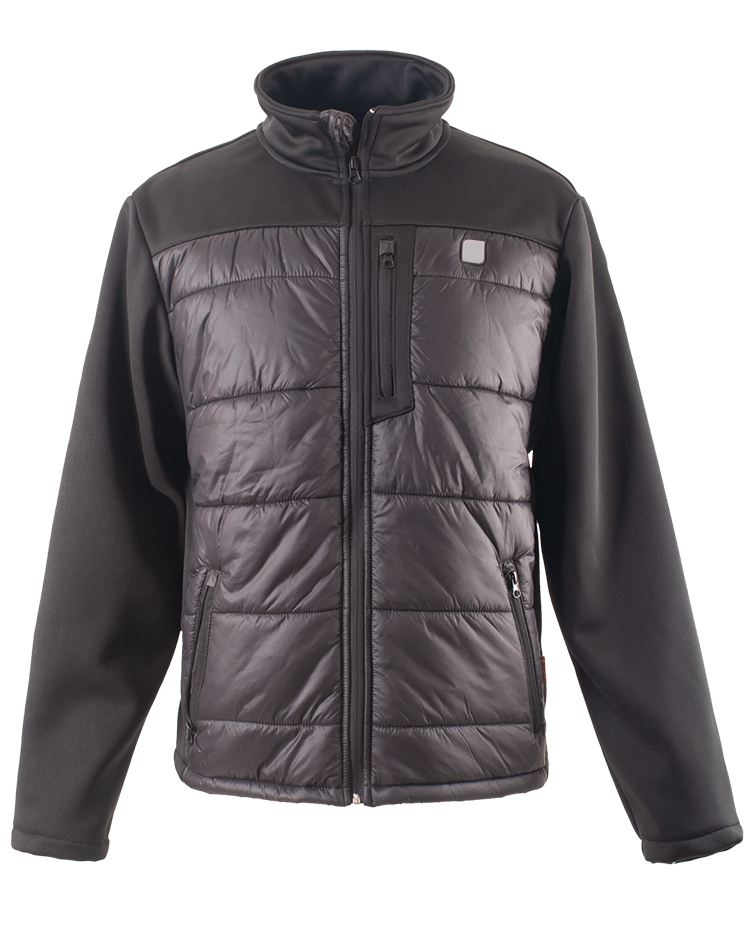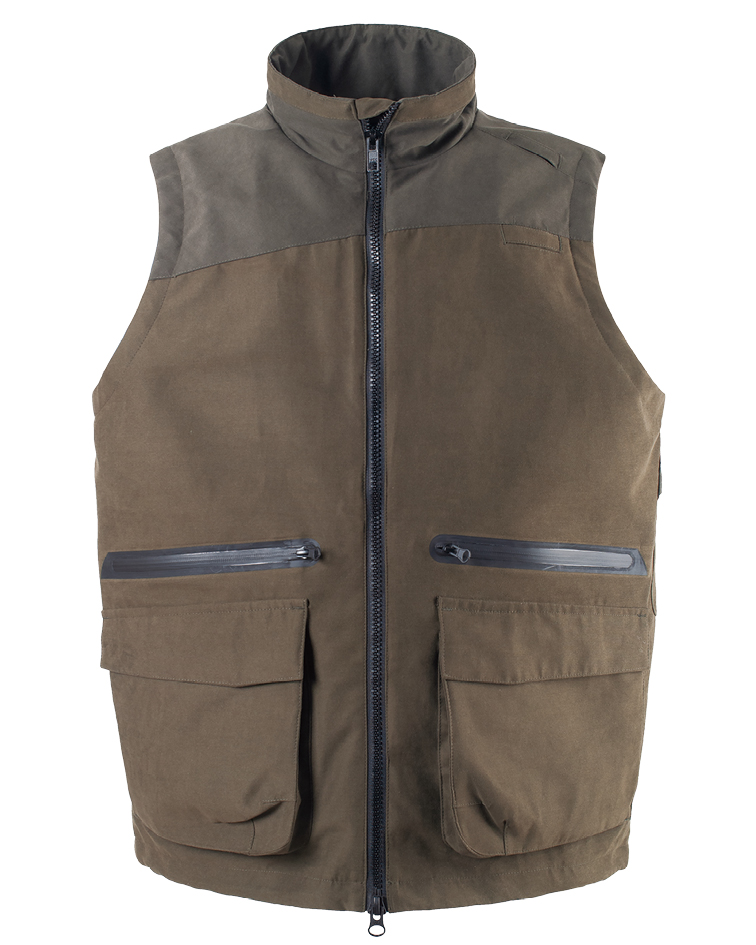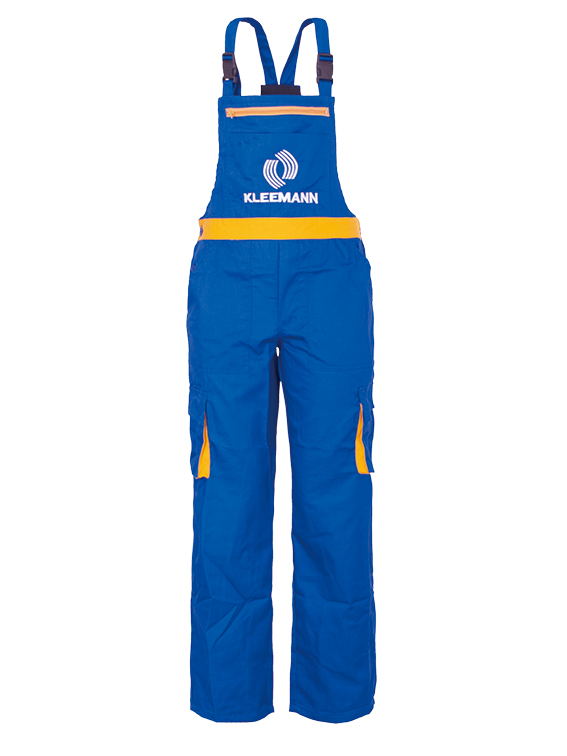Dear customers and friends:
In an increasingly competitive global landscape, the significance of high-quality, durable, and compliant workwear cannot be overstated. From enhancing employee safety to projecting a professional brand image, the apparel worn by a workforce is a direct reflection of an organization's values and commitment to operational excellence. This foundational requirement places an immense responsibility on work clothing wholesale manufacturers to deliver products that meet rigorous standards of performance, comfort, and regulatory compliance. These manufacturers are not merely suppliers; they are strategic partners whose expertise in fabric technology, ergonomic design, and large-scale production directly impacts a company's bottom line and its most valuable asset: its employees. Choosing the right manufacturing partner involves a deep dive into their capabilities, quality control processes, and their commitment to innovation and sustainability. The global workwear market, valued at approximately $45 billion in 2023, is projected to grow substantially, driven by stringent safety regulations, increasing awareness of brand identity, and technological advancements in textile engineering. This growth underscores the critical demand for specialized manufacturing expertise that can adapt to diverse industry needs, from heavy industrial sectors to healthcare and hospitality. A reliable manufacturer serves as the bedrock for companies seeking to outfit their teams with apparel that protects, performs, and proudly represents their brand, ensuring that every stitch contributes to a safer, more productive, and more professional working environment. The intricate process of transforming raw materials into specialized garments demands precision, adherence to international standards, and a robust supply chain, all of which are hallmarks of a reputable wholesale manufacturer.

The Impact of Quality Workwear: Data-Driven Insights on Safety, Productivity, and Brand Image
The decision to invest in superior workwear extends far beyond mere aesthetics; it is a strategic imperative underpinned by tangible benefits in safety, productivity, and brand perception. Empirical data consistently demonstrates a direct correlation between appropriate personal protective equipment (PPE) and a reduction in workplace incidents. For instance, a comprehensive study by the National Safety Council revealed that in industries where robust safety clothing is mandated and properly utilized, the rate of minor injuries, such as cuts, abrasions, and burns, can decrease by as much as 30-40%. This directly translates into fewer lost workdays, reduced medical costs, and lower insurance premiums – factors that significantly impact operational expenditure. Beyond safety, the ergonomic design and comfort of workwear play a pivotal role in employee productivity. Discomfort caused by ill-fitting, restrictive, or poorly ventilated clothing can lead to fatigue, reduced focus, and ultimately, a decline in efficiency. Research suggests that employees wearing comfortable, performance-oriented uniforms report up to a 15% increase in job satisfaction and a corresponding uplift in productivity. This enhancement is not just about physical comfort but also about the psychological boost derived from feeling valued and properly equipped for the task at hand. Furthermore, branded workwear is a powerful tool for cultivating a strong corporate identity and enhancing brand recognition. A uniform, cohesive appearance conveys professionalism, trustworthiness, and team unity. Studies by marketing analytics firms indicate that companies utilizing branded uniforms experience a 20-25% higher customer recall rate compared to those without. This consistency in visual representation fortifies client perception, reinforces brand messaging, and fosters a sense of belonging among employees. Therefore, investing in high-quality workwear from a reputable manufacturer is not an expense but a strategic investment that yields significant returns across safety metrics, operational efficiency, and market presence.
Technological Innovations in Workwear Manufacturing: Advancements Driving Performance and Durability
The workwear industry is in a constant state of evolution, driven by relentless innovation in material science and manufacturing processes. Modern work clothing is far more than just fabric; it is a sophisticated assembly of textiles engineered for specific functions and environments. Breakthroughs in polymer chemistry and fiber technology have led to the development of fabrics that offer exceptional performance characteristics. For instance, advancements in moisture-wicking technology, often seen in athletic wear, are now commonplace in industrial workwear, allowing perspiration to be drawn away from the body, keeping workers dry and comfortable in strenuous conditions. Similarly, flame-resistant (FR) and arc-flash protective fabrics have undergone significant improvements, offering lighter weight, greater breathability, and enhanced protection without compromising mobility. These specialized textiles often integrate proprietary blends of modacrylic, aramid, and treated cotton, designed to self-extinguish and prevent severe burns in hazardous environments. Beyond basic protection, we are seeing the emergence of smart textiles, incorporating sensors for monitoring vital signs, detecting gas leaks, or even providing augmented reality overlays for complex tasks. While still nascent, these integrated technologies promise a future where workwear is an active participant in safety and efficiency. The durability of workwear has also been revolutionized through techniques like ripstop weaves, reinforced stitching (e.g., double or triple-stitched seams), and the use of abrasion-resistant materials in high-wear areas. For example, Cordura® fabrics and Kevlar® reinforcements are now common in work trousers and jackets, extending garment lifespan significantly. Eco-friendly manufacturing processes are also gaining traction, with increasing use of recycled materials, sustainable dyeing techniques, and closed-loop production systems that minimize environmental impact. These innovations collectively ensure that today's workwear offers unparalleled levels of protection, comfort, and longevity, directly contributing to safer workplaces and more productive workforces.
Selecting the Right Partner: A Comparative Analysis of Leading Workwear Suppliers
Choosing an appropriate workwear manufacturer is a critical decision that impacts product quality, supply chain reliability, and overall cost-effectiveness. The market is populated by a diverse range of suppliers, each with unique strengths and specializations. A thorough evaluation process is essential to align a manufacturer's capabilities with your specific organizational needs. Key criteria for comparison include their specialization (e.g., heavy industrial, healthcare, corporate), certifications (e.g., ISO, Oeko-Tex, specific EN/ANSI standards), key strengths (e.g., innovative fabrics, extensive customization, sustainable practices), minimum order quantities (MOQ), and average lead times. To illustrate, consider the following hypothetical comparison of three prominent workwear suppliers:
|
Manufacturer |
Specialization |
Certifications & Compliance |
Key Strengths |
Minimum Order Quantity (MOQ) |
Average Lead Time |
|
GlobalProtector Inc. |
Heavy-duty industrial, High-risk PPE, Flame-resistant (FR), Chemical protection |
ISO 9001:2015, EN ISO 11612, EN ISO 20471, NFPA 2112, Oeko-Tex Standard 100 |
Exceptional durability, Advanced safety features, Proprietary FR fabric blends, Robust R&D in hazardous environment gear |
500 units |
8-10 weeks |
|
UniForm Solutions Co. |
Corporate uniforms, Healthcare, Hospitality, Food service, Ergonomic design |
ISO 14001, SA8000 (Social Accountability), GOTS (Global Organic Textile Standard) for select ranges |
Sustainable materials focus, Superior ergonomic fit, Extensive color palettes, High-end embroidery and branding services |
300 units |
6-8 weeks |
|
TechThreads Innovations |
Smart workwear, Integrated sensors, Performance textiles, Advanced moisture management |
CE Marking (for electronic components), UL Certified (specific integrated technologies), REACH compliant |
Cutting-edge technology integration, Lightweight and breathable performance fabrics, Customized data analytics solutions for workwear, Rapid prototyping |
750 units |
10-12 weeks |
This comparison highlights the diverse offerings available. GlobalProtector Inc. stands out for its rigorous focus on extreme safety and industrial durability, making them ideal for sectors like oil & gas, mining, and heavy manufacturing. UniForm Solutions Co., conversely, emphasizes comfort, corporate image, and sustainable practices, catering to service industries and corporate environments. TechThreads Innovations represents the bleeding edge, integrating technology into textiles for enhanced monitoring and data collection, suitable for companies seeking to leverage IoT in their safety protocols or operational efficiency. Beyond these factors, evaluating a manufacturer's communication efficiency, post-sales support, and ethical sourcing practices are equally vital for forging a successful and enduring partnership.
Tailored Solutions: Customization Options from Leading Manufacturers
In today's dynamic business environment, off-the-shelf workwear often falls short of meeting unique organizational needs for branding, functionality, and employee comfort. Leading workwear manufacturers excel in offering extensive customization solutions, transforming standard garments into tailored assets that perfectly align with a company’s identity and operational demands. This level of personalization is a significant differentiator. Customization begins with branding, where a manufacturer can integrate company logos and slogans through various techniques such as high-quality embroidery, screen printing, heat transfers, or even woven labels. The choice of technique depends on the fabric, desired durability, and aesthetic impact. Beyond branding, manufacturers offer design modifications that enhance functionality. This can include specific pocket configurations tailored for tools or devices, reinforced stress points for added durability in high-wear areas, specialized closures (e.g., heavy-duty zippers, snap buttons, Velcro), and integrated ventilation panels for climate control. For industries requiring specific certifications or enhanced visibility, custom reflective stripping patterns or specialized fabric colors can be incorporated to meet regulatory standards like EN ISO 20471 or ANSI/ISEA 107. Material customization is another critical aspect. Companies can often choose specific fabric blends that offer properties like increased stretch for mobility, advanced moisture management for hot climates, or enhanced chemical resistance. Some manufacturers provide a wider range of sizes, including tall or petite options, ensuring a better fit for a diverse workforce, which directly impacts comfort and safety. Furthermore, companies often require unique color schemes to match their corporate identity, and reputable manufacturers can offer custom dye lots for larger orders. The ability to integrate specific features such, as pen loops, ID badge holders, or even RFID tags for inventory management, further exemplifies the breadth of customization available. Engaging with a manufacturer early in the design process allows for a collaborative approach, ensuring that the final product is not just a garment but a bespoke solution that optimizes performance, safety, and brand representation for the entire workforce.
Real-World Applications: Case Studies Demonstrating Effective Workwear Implementation
The true value of high-quality, customized workwear is best understood through its impact in diverse operational environments. Across various industries, tailored apparel solutions have significantly enhanced safety, boosted productivity, and reinforced corporate branding. Consider the construction sector: A leading European construction firm, facing high rates of minor site injuries and inconsistent brand visibility, partnered with a specialized manufacturer to overhaul its workwear. They implemented high-visibility jackets and trousers with integrated knee pad pockets, reinforced stitching, and advanced moisture-wicking properties. The result was a 25% reduction in minor musculoskeletal injuries over one year, attributed to better fit and protection, alongside a noticeable improvement in safety compliance and a stronger, unified site presence that resonated with clients and stakeholders. In healthcare, a large hospital network sought to improve staff comfort and reduce cross-contamination risks. They commissioned antimicrobial scrubs and lab coats made from breathable, stain-resistant fabrics. The customized design included discreet pockets for medical tools and comfortable, flexible fits. Post-implementation data showed a 15% reduction in skin irritations among staff and a palpable increase in reported comfort levels, contributing to higher morale and fewer distractions during critical tasks. This also supported their infection control protocols more effectively. For the hospitality industry, a luxury hotel chain aimed to elevate its brand image and provide durable, elegant uniforms for front-of-house staff. Their manufacturer designed bespoke uniforms from a blend of wrinkle-resistant and spill-repellent fabrics, incorporating subtle branding elements and tailored cuts. This initiative not only enhanced the sophisticated aesthetic of the hotel but also significantly reduced the need for frequent uniform replacement, yielding long-term cost savings on laundry and procurement, while simultaneously boosting staff confidence and guest perception. Lastly, an automotive manufacturing plant requiring protective gear against sparks, oil, and heavy machinery, invested in flame-resistant and oil-repellent coveralls with specialized ventilation and ergonomic design. The manufacturer provided uniforms with strategically placed vents and robust, yet flexible, material. This led to a 30% decrease in heat-related fatigue complaints and a 10% reduction in minor burns, underscoring how targeted material science and design can directly impact worker well-being and efficiency in demanding industrial settings. These cases exemplify how a strategic approach to workwear procurement, focusing on quality and customization, delivers measurable benefits across the board.
Strategic Partnerships with Work Clothing Wholesale Manufacturers: Ensuring Long-Term Value and Operational Excellence
Forging a strategic partnership with the right work clothing wholesale manufacturers is far more than a transactional relationship; it is an investment in your company's long-term operational excellence, safety culture, and brand integrity. The ideal manufacturer acts as an extension of your procurement and safety departments, offering expertise, innovation, and a reliable supply chain. This partnership should be built on mutual trust, transparent communication, and a shared commitment to quality and ethical practices. A manufacturer that consistently delivers high-quality, compliant workwear not only safeguards your employees but also protects your brand reputation from the risks associated with subpar products or supply chain disruptions. Look for partners who demonstrate a proactive approach to industry trends, material advancements, and sustainability. Their ability to innovate, adapt to evolving safety standards, and offer flexible customization options will be crucial for your business as it grows and faces new challenges. Moreover, a robust relationship with work clothing wholesale manufacturers often translates into cost efficiencies over time through bulk purchasing, negotiated terms, and reduced expenditure on replacements due to superior durability. Beyond the product itself, evaluate their customer service, logistical capabilities, and after-sales support. Can they handle complex orders? Do they offer inventory management solutions? What are their lead times for reorders? These practical considerations are vital for maintaining an uninterrupted supply of essential workwear. Ultimately, selecting a manufacturer that aligns with your company's values and operational demands ensures that your workforce is consistently equipped with the best possible protection and professional presentation, allowing you to focus on your core business while resting assured that your workwear needs are expertly managed. This strategic alliance transforms what could be a mere necessity into a powerful lever for enhancing safety, productivity, and brand strength.
Frequently Asked Questions (FAQ) about Work Clothing Wholesale Manufacturers:
What types of industries do work clothing wholesale manufacturers typically serve?
Work clothing wholesale manufacturers cater to a vast range of industries, including construction, oil & gas, manufacturing, healthcare, hospitality, logistics, food service, automotive, and corporate sectors, providing specialized garments tailored to each industry's unique safety, comfort, and branding requirements.
What should I look for in terms of quality certifications from a workwear manufacturer?
Key certifications include ISO 9001 (Quality Management), ISO 14001 (Environmental Management), Oeko-Tex Standard 100 (absence of harmful substances), SA8000 (Social Accountability), and specific industry standards like EN (European Norms) for PPE (e.g., EN ISO 11612 for flame resistance, EN ISO 20471 for high visibility) or ANSI/ISEA standards for North America.
What customization options are commonly offered by wholesale work clothing manufacturers?
Common customization options include logo embroidery, screen printing, heat transfers, custom color matching, specialized pocket configurations, reinforced stress points, unique sizing ranges, specific fabric blends (e.g., moisture-wicking, FR, antimicrobial), and custom design modifications for functionality.
What is the typical Minimum Order Quantity (MOQ) for work clothing from a wholesale manufacturer?
MOQs vary significantly depending on the manufacturer, garment type, and level of customization. They can range from as low as 50-100 units for simpler, less customized items to 500-1000+ units for highly specialized or custom-designed apparel. It's crucial to discuss this with potential suppliers.
How do lead times for workwear orders typically vary?
Lead times are influenced by order size, customization complexity, fabric availability, and the manufacturer's production schedule. Standard orders might take 4-8 weeks, while highly customized or large-volume orders can extend to 10-16 weeks. Expedited options may be available at an additional cost.
Can wholesale manufacturers help with design and material selection for specific needs?
Absolutely. Reputable wholesale manufacturers often have in-house design teams and material specialists who can consult on fabric choices, ergonomic considerations, safety features, and design modifications to meet specific industry demands, regulatory compliance, and brand aesthetic.
What sustainability practices should I inquire about when choosing a work clothing manufacturer?
Ask about their use of recycled or organic materials, water-saving dyeing processes, waste reduction programs, renewable energy sources in manufacturing, ethical labor practices (e.g., SA8000 certification), and their overall commitment to reducing environmental impact throughout their supply chain.
Post time: Oct . 11, 2025 09:43

